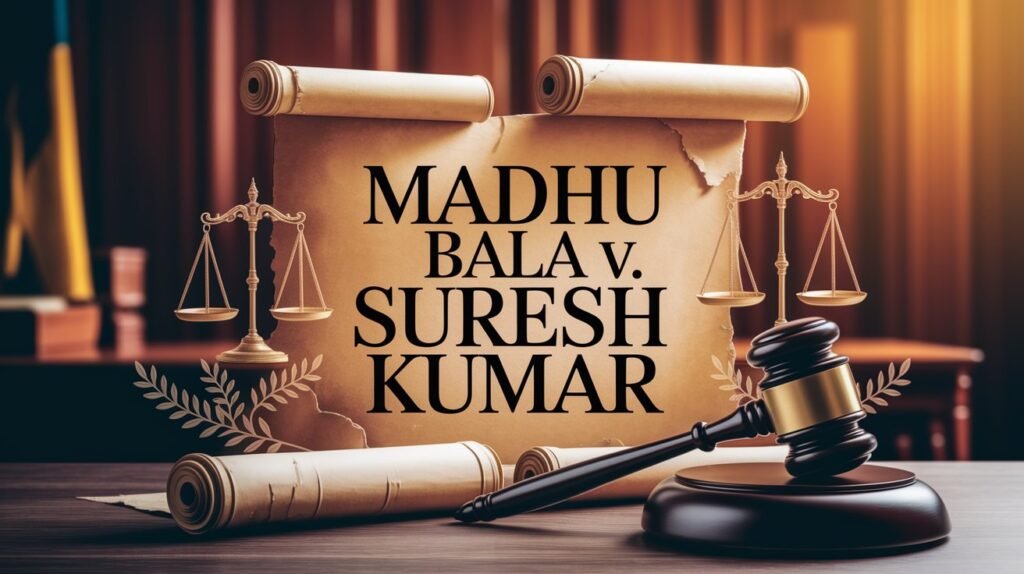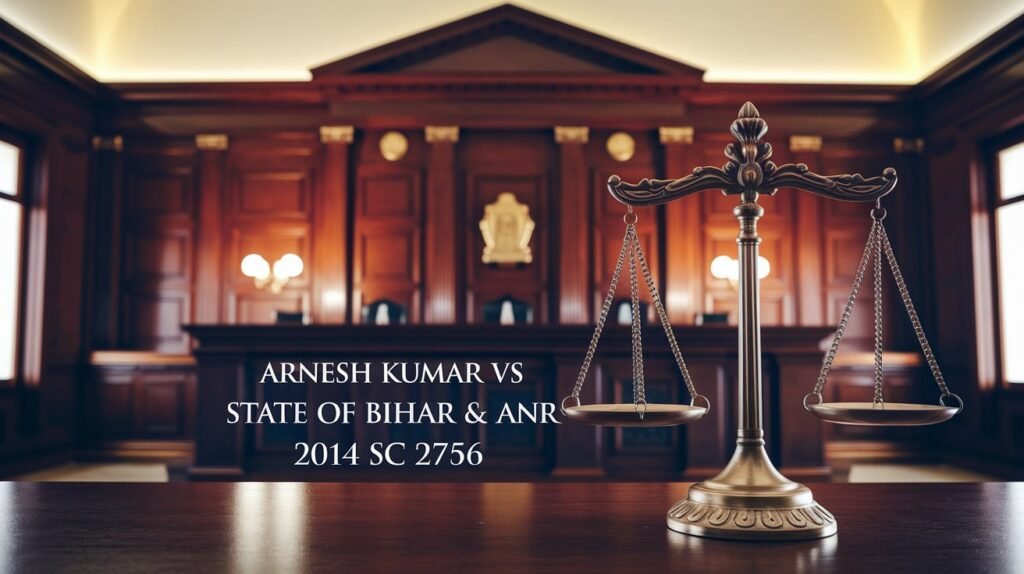State of Rajasthan v. Kashi Ram 2006 (Case Summary)

This case clarified the evidentiary value of circumstantial evidence and the use of Section 106 of the Indian Evidence Act, especially when the accused is last seen with the deceased. The Supreme Court dealt with whether conviction based purely on circumstances and the accused’s silence was justified.
Table of Contents
ToggleFacts of State of Rajasthan v. Kashi Ram
- Kashi Ram was accused of murdering his wife and minor daughter by strangulation inside their home.
- The bodies were found in the house, and Kashi Ram was the last person seen with them shortly before their deaths.
- There were no signs of forced entry or evidence of third-party involvement at the crime scene.
- The post-mortem confirmed death by asphyxia due to strangulation.
- Kashi Ram did not offer any explanation as to how the two died in his custody, which the prosecution used to invoke Section 106 of the Indian Evidence Act.
- The case was based solely on circumstantial evidence, with no direct eyewitness testimony.
Issues framed
- Whether the circumstantial evidence was sufficient to convict the accused beyond reasonable doubt?
- Whether the High Court was justified in acquitting the accused despite the trial court’s conviction?
- Whether the burden under Section 106 of the Evidence Act was rightly shifted to the accused?
Subordinate Court Judgment
The Sessions Court convicted Kashi Ram and sentenced him to death, relying on the strong chain of circumstantial evidence and his failure to explain how the deaths occurred while the victims were in his custody. The Rajasthan High Court, however, acquitted him, holding that the evidence was not sufficient and there were gaps in the prosecution’s case.
Judgment of State of Rajasthan v. Kashi Ram
The Supreme Court carefully examined the evidence and found that the trial court had rightly convicted Kashi Ram. It held that the High Court had erred in reversing the conviction without properly considering the chain of circumstances. The Court noted that while the evidence was circumstantial, it was consistent and pointed only towards the guilt of the accused.
The Court clarified that once the prosecution proves facts that are within the exclusive knowledge of the accused (like what happened inside the house where the wife and daughter were found dead), the burden shifts under Section 106 of the Evidence Act to the accused to offer a reasonable explanation. In this case, Kashi Ram failed to explain how the two deceased persons in his custody were found dead under suspicious circumstances, and that failure was a significant link in the chain of circumstances pointing to guilt.
In its final decision, the Supreme Court set aside the High Court’s acquittal and reinstated the trial court’s conviction. However, it modified the sentence from death to life imprisonment, holding that while the crime was grave, it did not fall under the “rarest of rare” category that demands capital punishment. This case is now often cited for its clarity on circumstantial evidence and the shifting burden under Section 106 of the Evidence Act.





